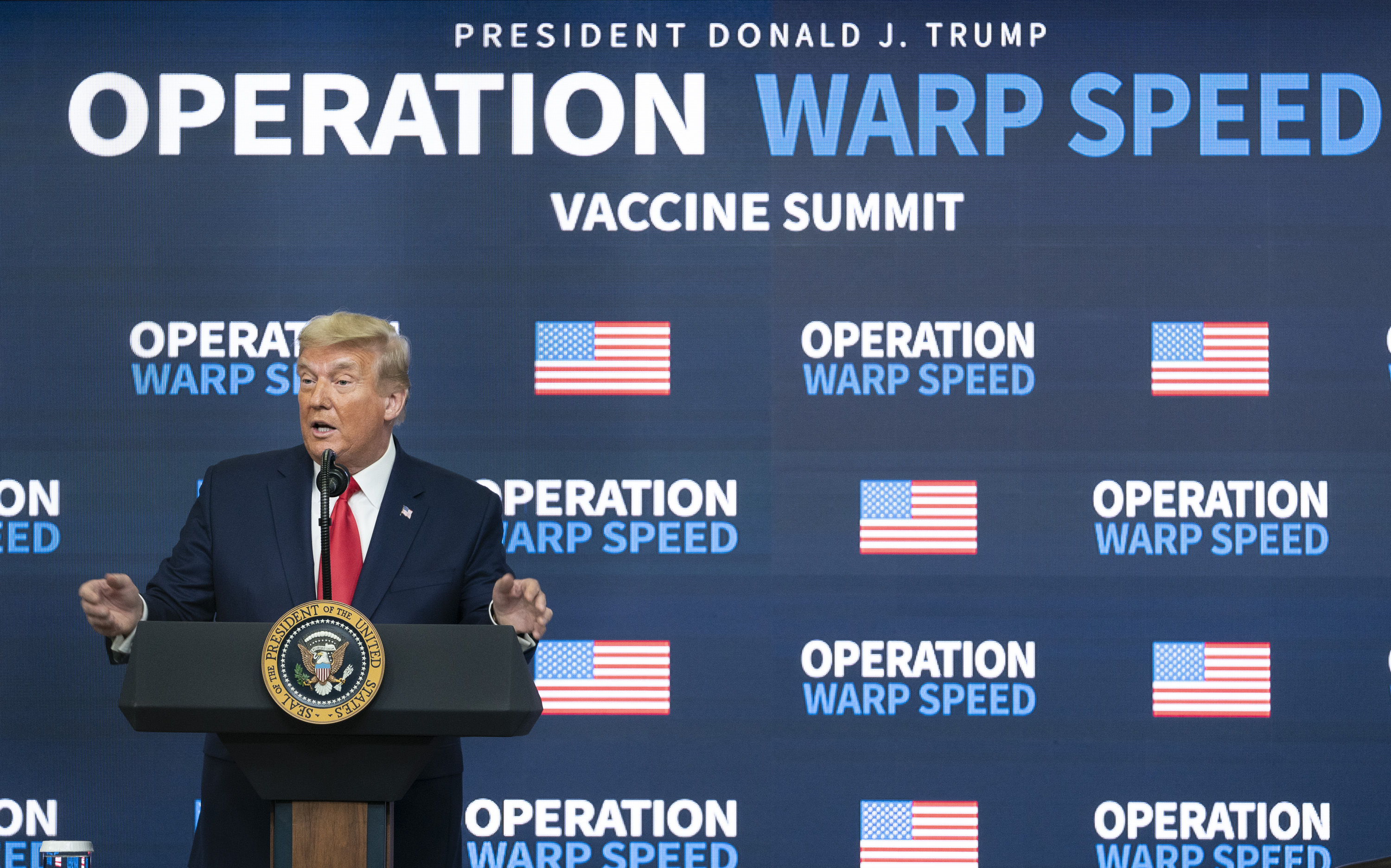* This post was co-authored by Jessica Pickett
The Brookings Global Economy and Development Program held an interesting and idea-filled session on Monday on innovative financing in health, trying to bring some order to the bewildering array of ideas for moving money to the health sector. Each of the donors represented - the UK, Germany, France, Netherlands and Italy - brought a unique and at times conflicting perspective to bear as they sought to define and frame the shift towards innovative financing mechanisms, including Advance Market Commitments, the International Finance Facility for Immunization, UNITAID, Debt2Health and others; this was then complemented by the perspective of recipients in Rwanda and Liberia.
In many ways, innovative financing (like "health systems," "harmonization" and any number of other global health buzzwords characterized by general consensus and lots of nodding heads) is popular exactly because it is a sort of catch-all term that can mean anything to anyone. To many, it's about more money: finding ways to mobilize more (and more) public money for global health programs, and particularly for the purchase of AIDS and malaria drugs. To others, it's about different money: private, flexible, able to be used over a long period of time or otherwise distinct from annual budget outlays by donors. To still others, it's about more interesting money: engaging people like investment bankers who are more glamorous and fast-moving than your average aid bureaucrat.
During Monday's discussion, DFID Director of Global Development Effectiveness (and our former colleague) Owen Barder set the stage by saying that innovative financing should be seen a providing new instruments to spend money better by introducing market incentives and solving market failures, not as a means to mobilize more money for health by circumventing proper budget processes or voter preferences. With that in mind, the panelists seemed to converge around four common elements that, to them, characterize innovative financing:
- Intertemporal optimization: Innovative financing mechanisms allow donors to incorporate an element of time into the aid equation, in ways that traditional budget processes do not. By changing how money is raised, committed and spent over time, donors can increase their impact. Improving aid predictability through long-term contracts under IFFIM or UNITAID can lead to lower vaccine and drug prices. Frontloading control of infectious diseases, as is done through IFFIm, takes advantage of the benefits of reducing the chance of disease spread, making a dollar today have a greater impact than a dollar tomorrow. And increasing the certainty about donor behavior through AMCs can allow manufacturers to develop and manufacture new products.
- Use of output-based aid mechanisms: By linking aid payments to performance- or output-based indicators (such as GAVI’s Immunization Services Support grants), donors are creating incentives for recipient to use their donor dollars more efficiently.
- Building new partnerships: The donor community in general is moving away from the old model where aid was the exclusive province of government bureaucrats, as they increasingly try to take advantage of the comparative advantages of a wide range of players - most notably including the private sector. This has given rise to a generation of alliances, task forces and public-private partnerships (particularly in the field of drug development); while these may not always be financially-oriented, it is certainly true that the private markets can leverage a much wider range of financial instruments than donors alone, and so they have often played a key role in implementing time- or output-oriented mechanisms.
- Coordinating across donors and countries: Somewhat oddly, in the face of the nationality-branded initiatives (the UK's IFFim, the French airline levy, Italy's AMC), many of the donors cited the Paris Declaration on donor harmonization as providing a guiding framework for coordination. This clearly weighs heavily on the minds of the developing country recipients. For the most part, the views from the health sector in Rwanda and Liberia seemed to focus on the paradoxical challenges of trying to run a public health service with very few resources and managing the enthusiasm and particular interests of many donors.
Strikingly, throughout the discussion there was virtually no mention of what metric could be used to evaluate whether a particular innovative financing approach made sense or not. To truly harness the potential of capital markets, contracting mechanisms and other financial instruments, the solution must be tailored to a specific problem at hand. That can create a scenario where designing mechanisms with the greatest individual impact can result in a cumulative patchwork of new initiatives, further adding to the complexity of the global health architecture and raising the costs of coordination. Moreover, almost by definition these mechanisms only target the "low-hanging fruits" in global health, where money is the primary constraint, and will never be a magic bullet to solve the real, bigger-than-money problems like health systems (let alone fragile states!) that keep ministers of health awake at night. So it is important that in our eagerness to expand existing proposals and develop new ones, we don't achieve short-term successes at the expense of diverting funds from the long-term constraints - and that we remember to balance excitement for all things new and experimental with the proven, "tried and true" strategies for success.
With several different approaches being developed, it would be very helpful for potential financing partners (and us mortals) to be able to tell the difference between a sexy idea and one that actually could save more lives for the money, compared with alternatives. In general, each group advocating for a particular mechanism will estimate benefits and costs in ways that show the most favorable results, but so far there are no clear ways to compare across the different instruments - or even to clearly articulate what specific problems they are intended to solve. Toward that end, we're looking forward to seeing the products of the Brookings team's work on innovative financing in the near future.
Disclaimer
CGD blog posts reflect the views of the authors, drawing on prior research and experience in their areas of expertise. CGD is a nonpartisan, independent organization and does not take institutional positions.





